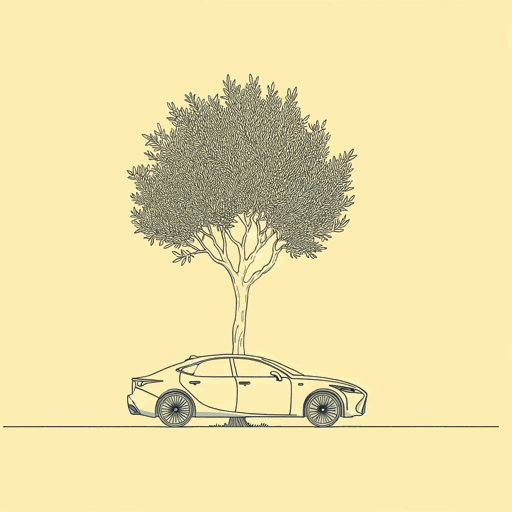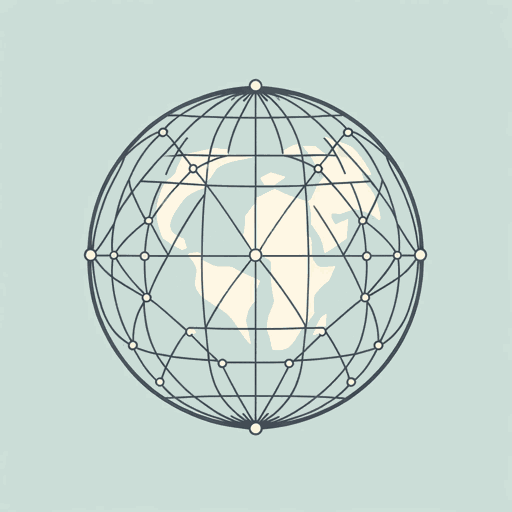62 pages • 2 hours read
Thomas L. FriedmanThe World Is Flat: A Brief History of the Twenty-First Century
Nonfiction | Book | Adult | Published in 2005A modern alternative to SparkNotes and CliffsNotes, SuperSummary offers high-quality Study Guides with detailed chapter summaries and analysis of major themes, characters, and more.
Important Quotes
“These call center jobs are low-wage, low-prestige jobs in America, but when shifted to India they become high-wage, high-prestige jobs.”
(Chapter 1, Page 24)
This passage explains the dynamics of globalization. Unequal relationships between countries and regions of the world create relative differences in value. One can view the above example a variety of different ways: as Americans losing vital jobs (however low-paying they may be), as Indians being taken advantage of and asked to perform America’s lower-end, lower-wage jobs, or as Indians gaining needed jobs on the high-yield end of their local market.
“Everywhere you turn, hierarchies are being challenged from below or are transforming themselves from top-down structures into more horizontal and collaborative ones.”
(Chapter 1, Page 48)
This is a key point in what Friedman calls Globalization 3.0 and the flattening of the world. Vertical structures and processes are no longer advantageous. Instead of controlling everything with a top-down structure, companies that find horizontal methods of adding value—such as outsourcing—are more nimble and efficient. Likewise, closer collaboration is necessary. Friedman uses the example of Walmart giving its suppliers access to its inventory system to track products that need to be replenished.
“Whenever civilization has gone through a major technological revolution, the world has changed in profound and unsettling ways. But there is something about the flattening of the world that is going to be qualitatively different from the great changes of previous eras: the speed and breadth with which it is taking hold. The introduction of printing happened over a period of decades and for a long time affected only a relatively small part of the planet. Same with the Industrial Revolution. This flattening process is happening at warp speed and directly or indirectly touching a lot more people on the planet at once. The faster and broader this transition to a new era, the greater the potential for disruption, as opposed to an orderly transfer of power from the old winners to the new winners.”
(Chapter 1, Page 49)
Here Friedman emphasizes both the common and unique aspects of today’s world changes. Technological change has always been challenging and even difficult for people to adjust to. The current change, however, is happening faster and more comprehensively than any in the past.
Related Titles
By Thomas L. Friedman

From Beirut to Jerusalem
Thomas L. Friedman

Hot, Flat, and Crowded: Why We Need a Green Revolution
Thomas L. Friedman

Thank You For Being Late
Thomas L. Friedman

That Used to Be Us
Thomas L. Friedman, Michael Mandelbaum

The Lexus and the Olive Tree
Thomas L. Friedman

